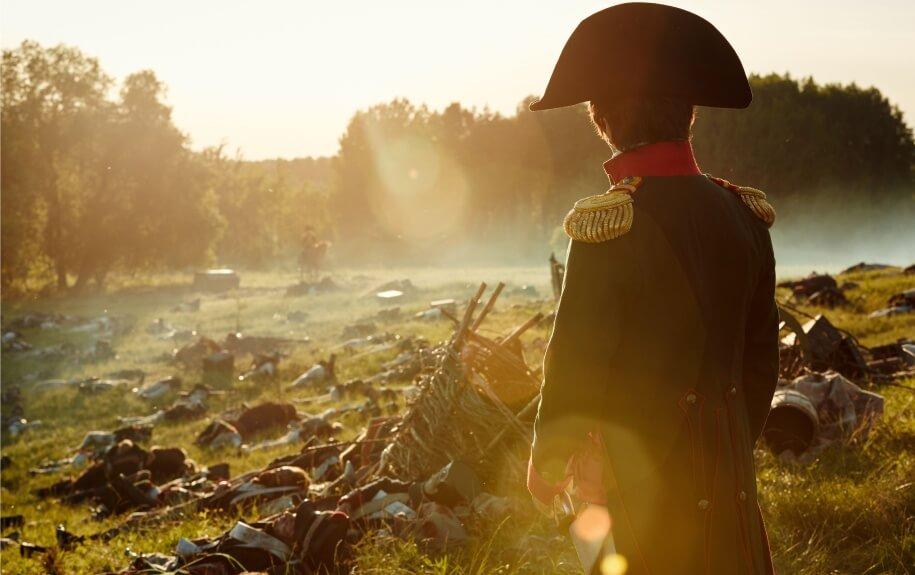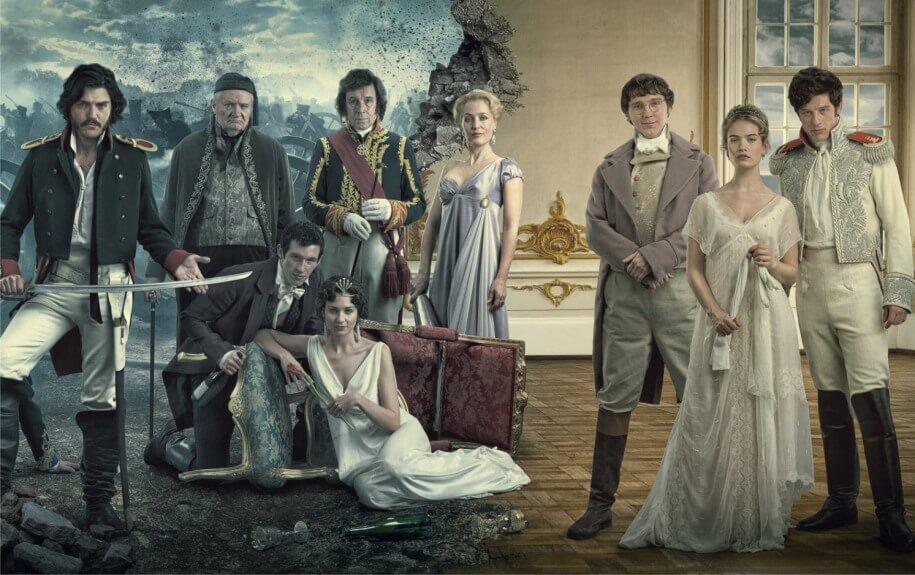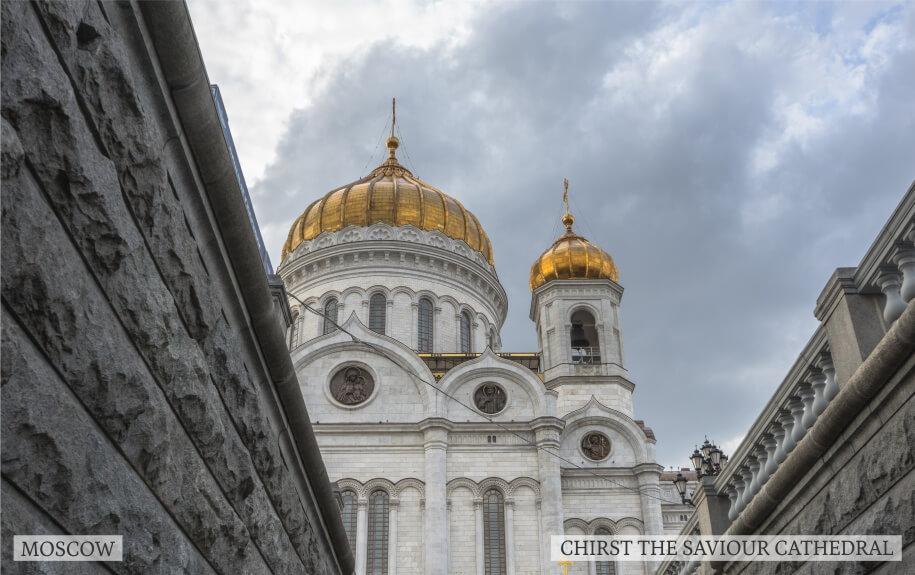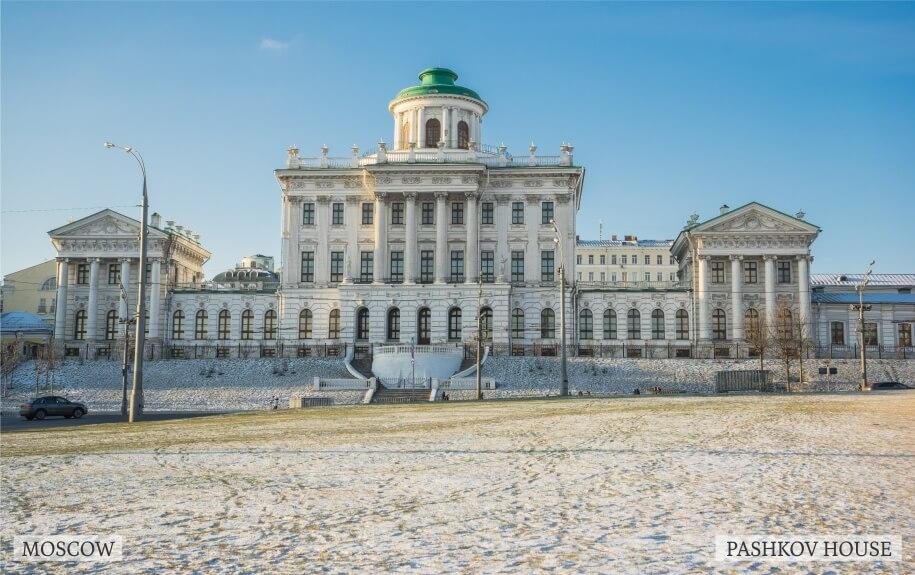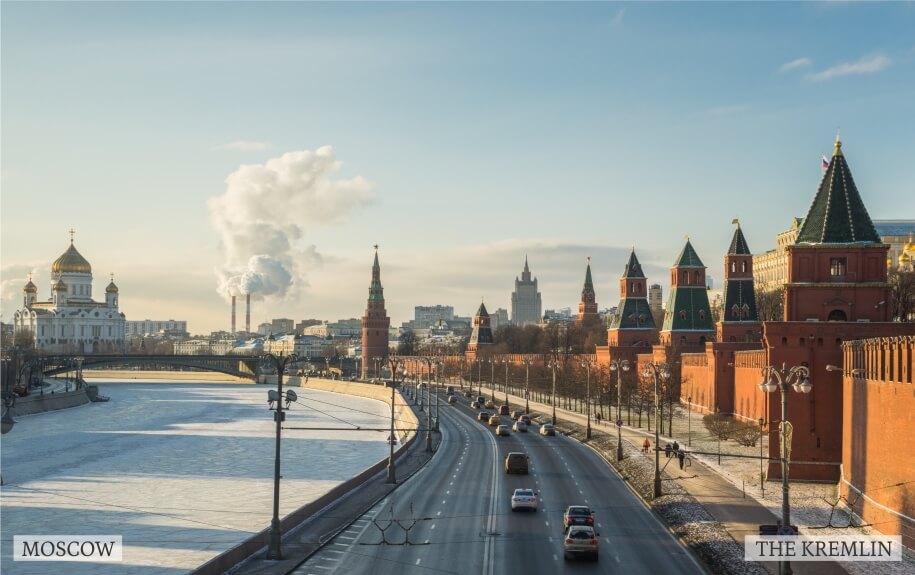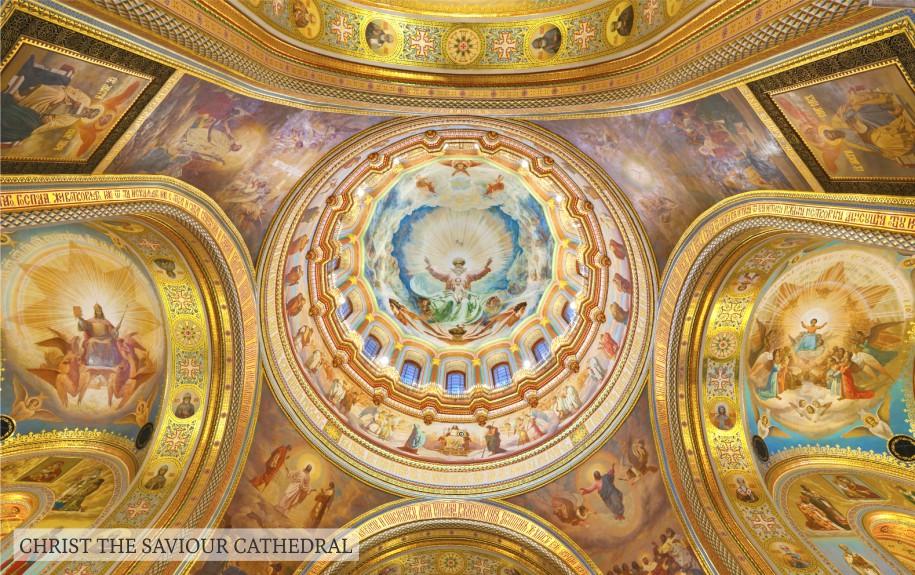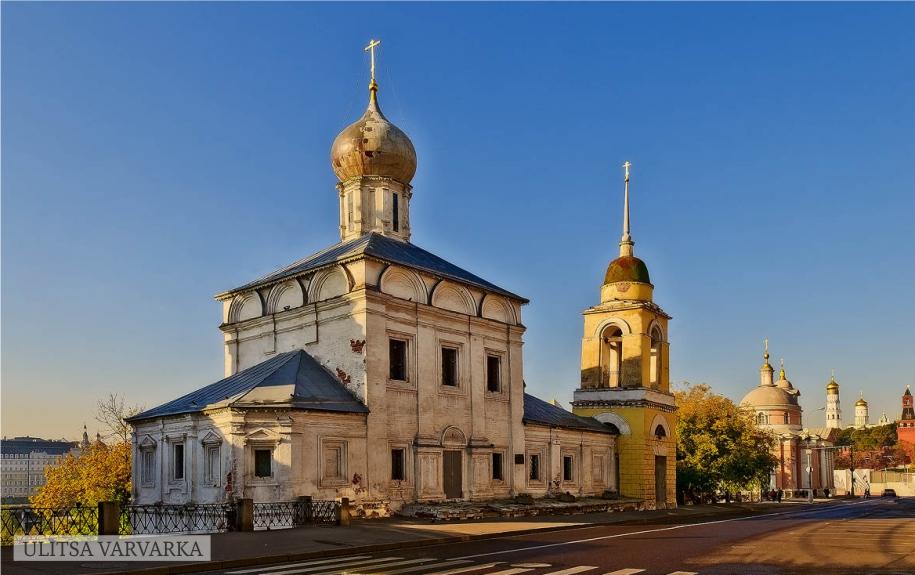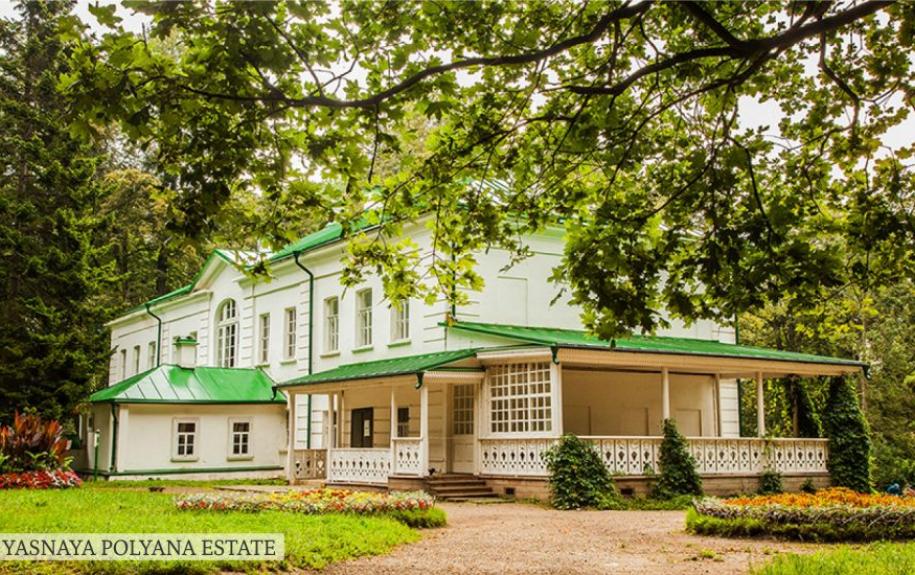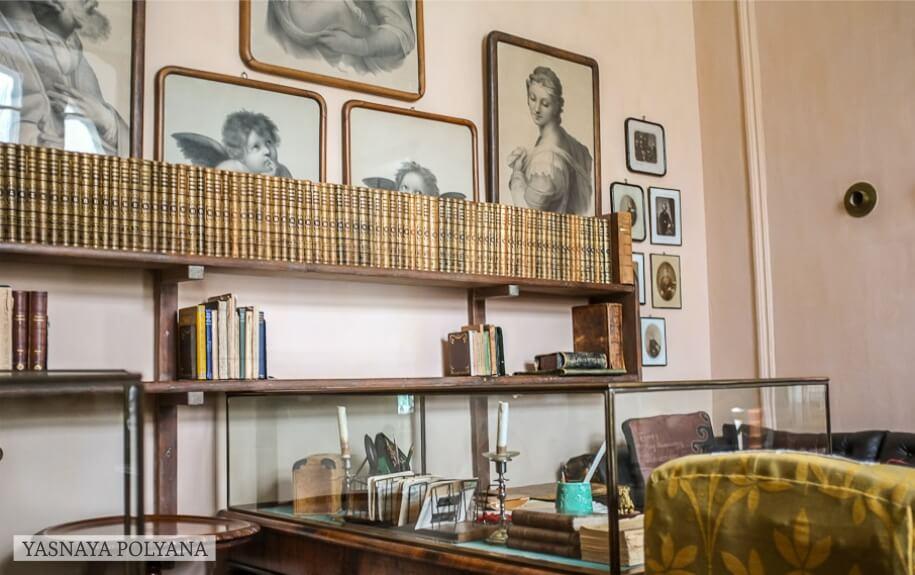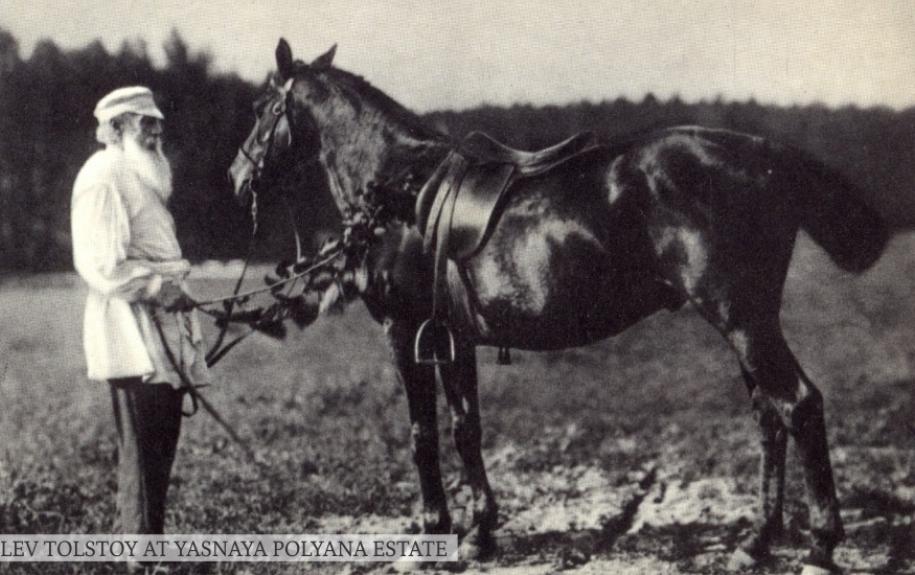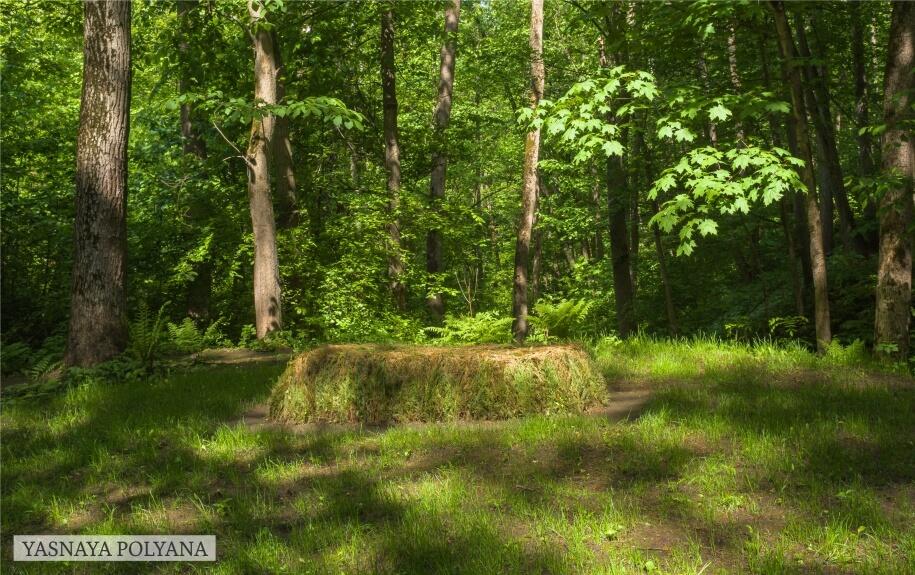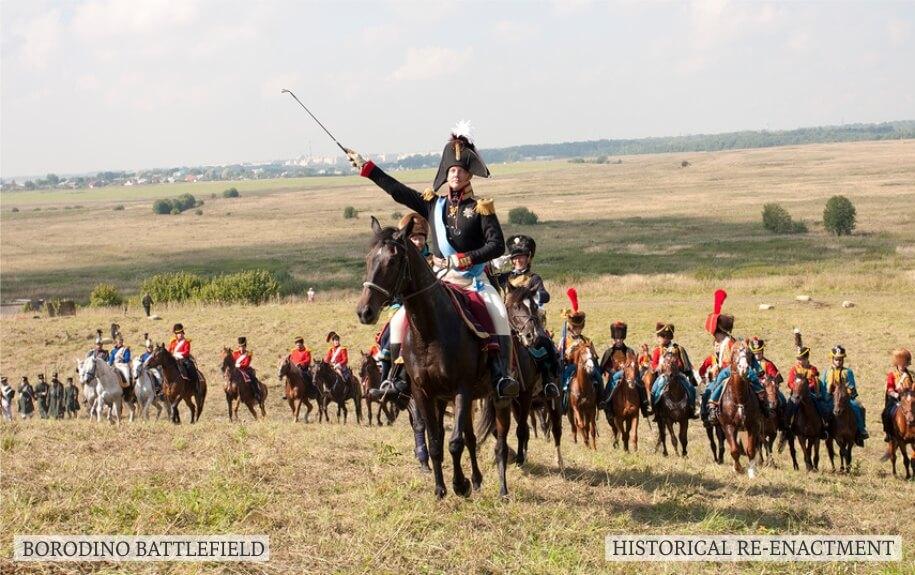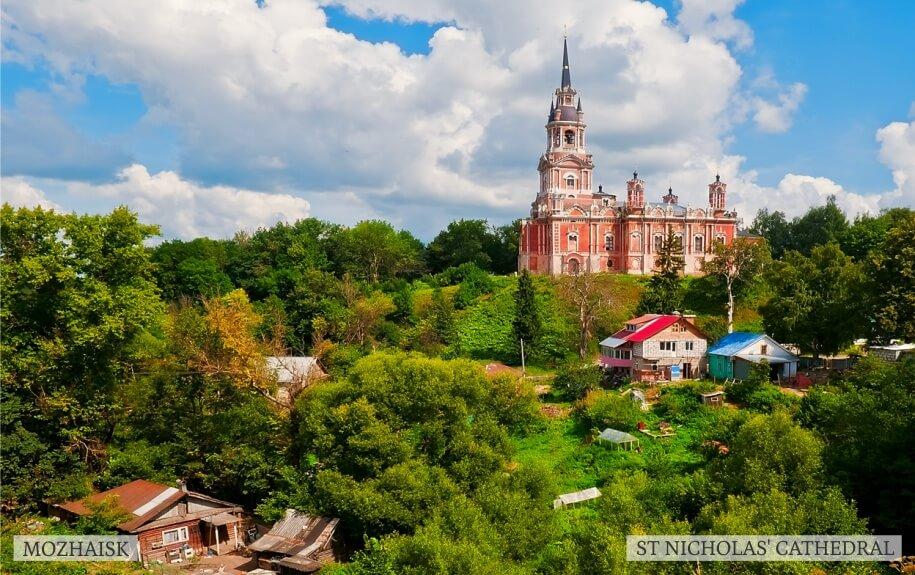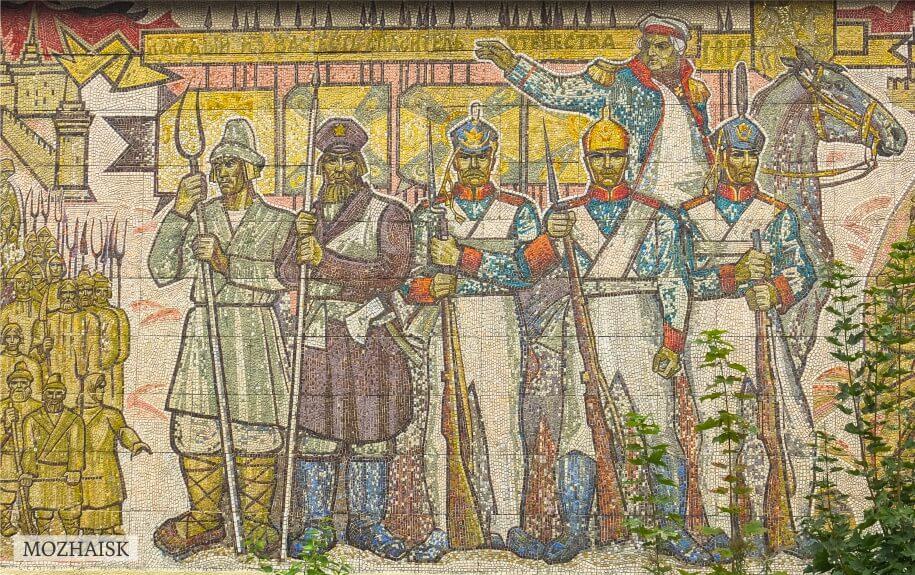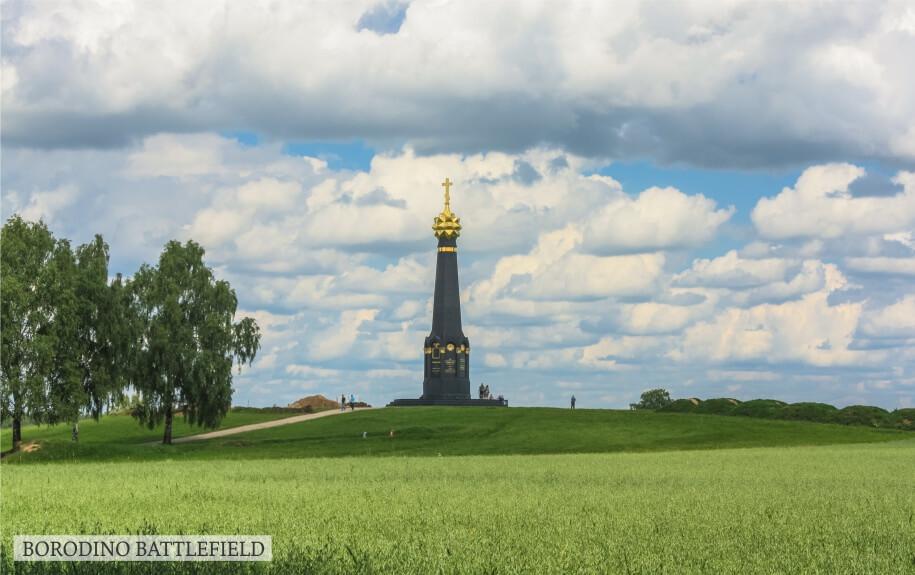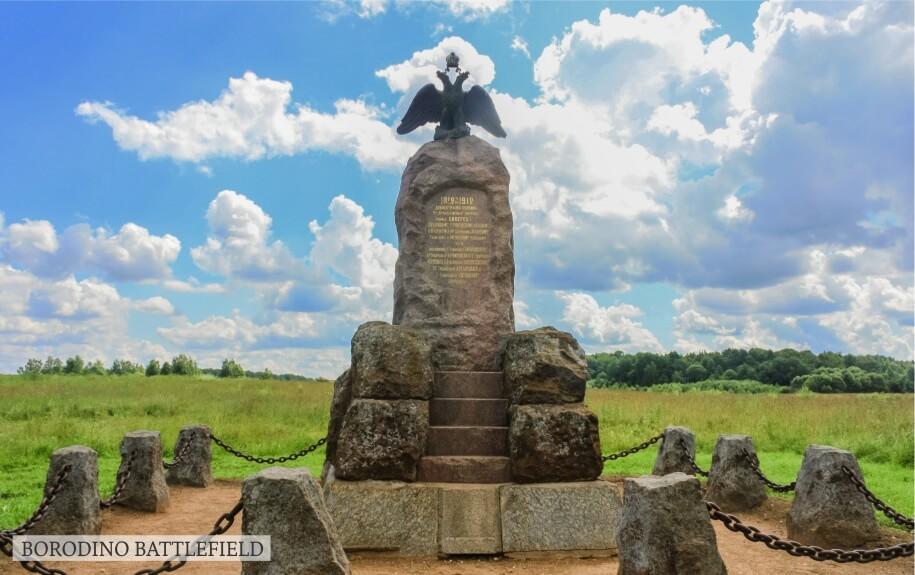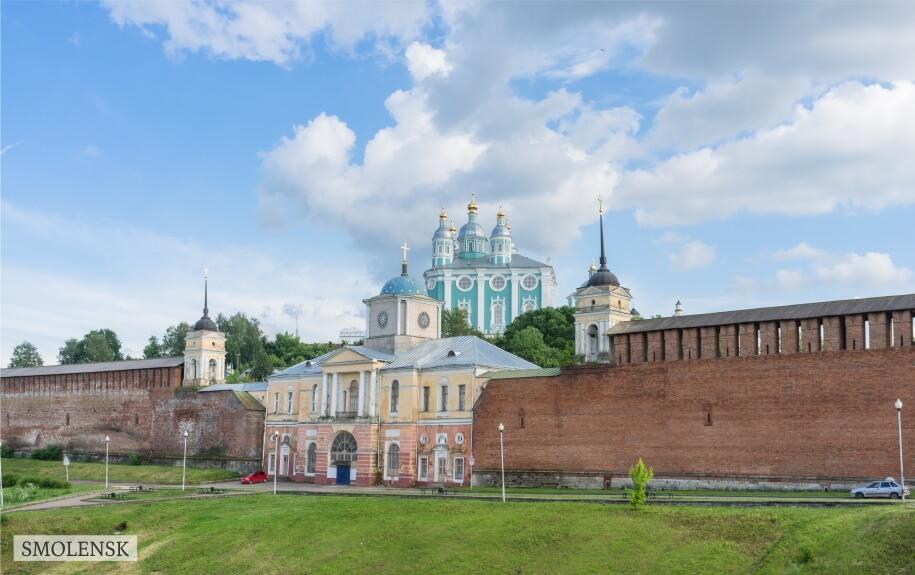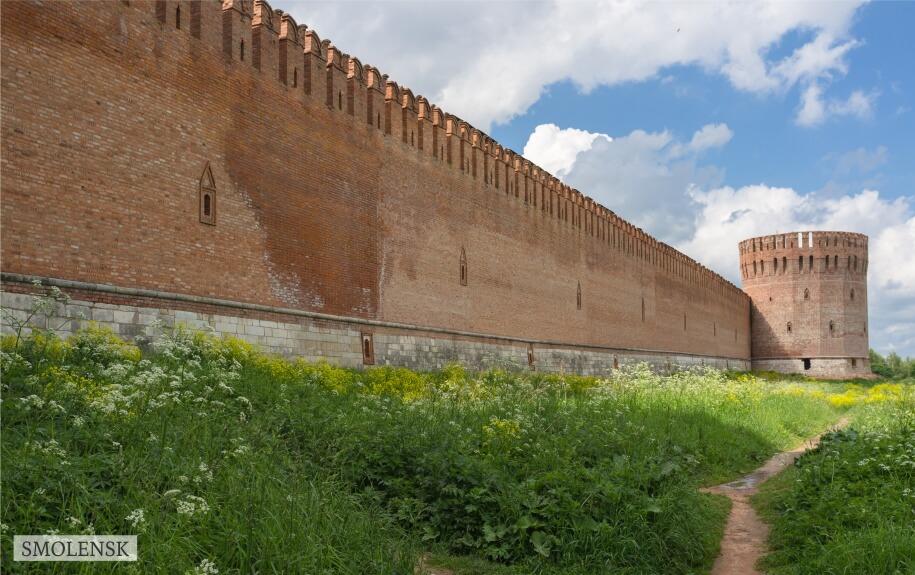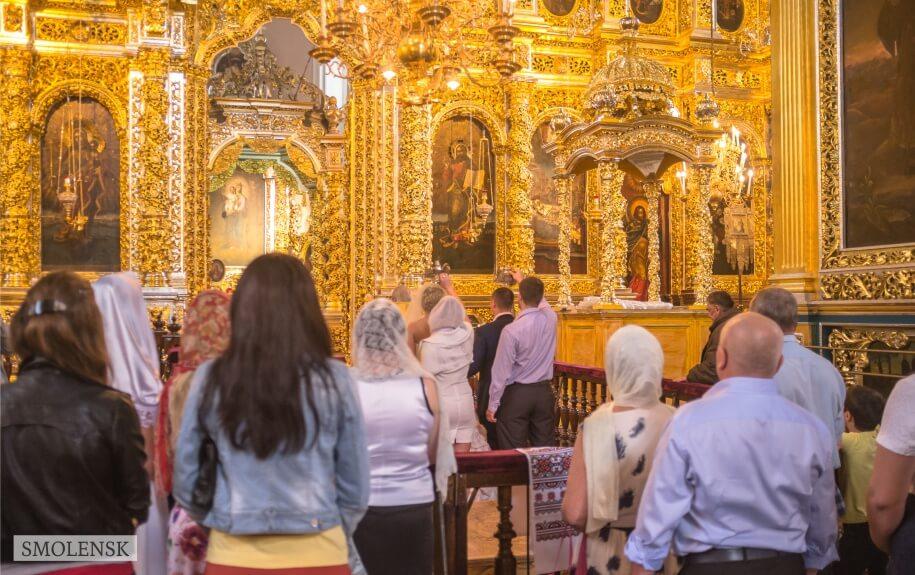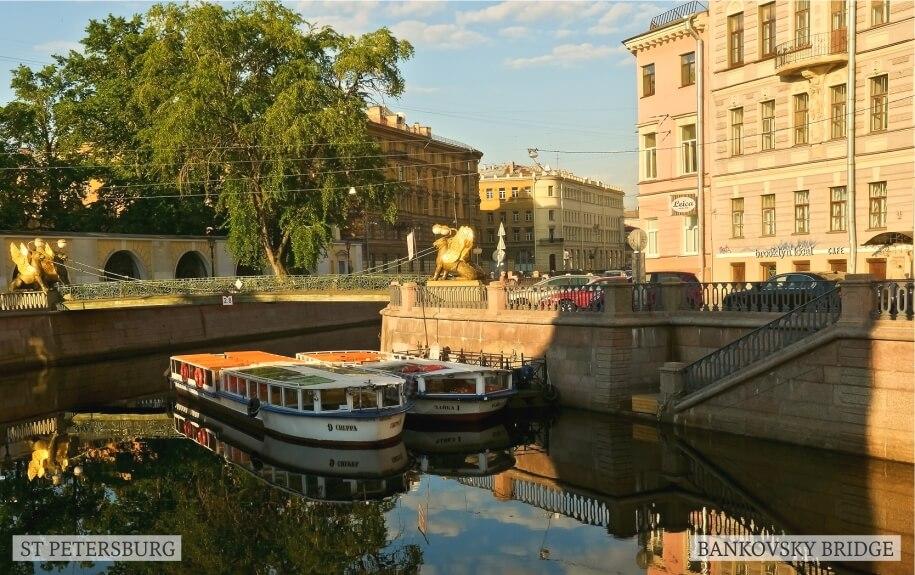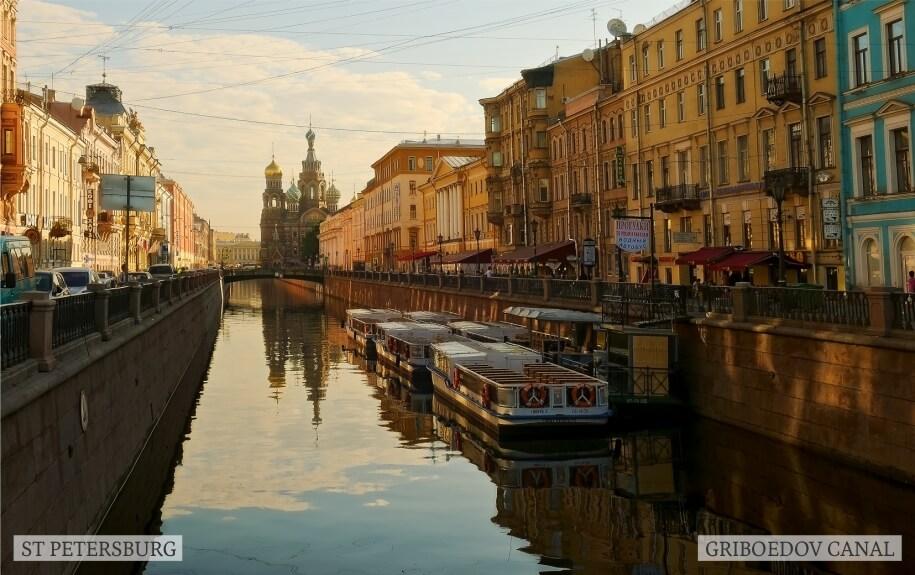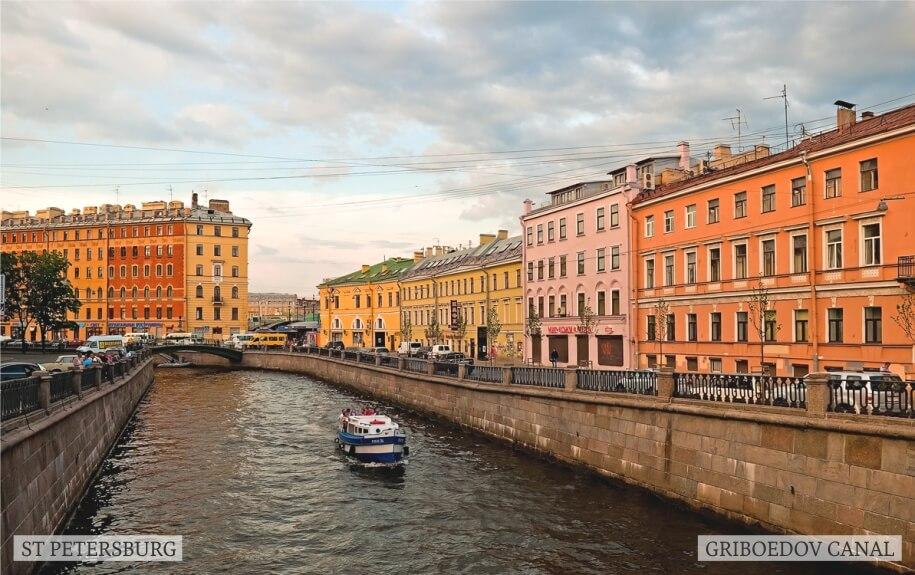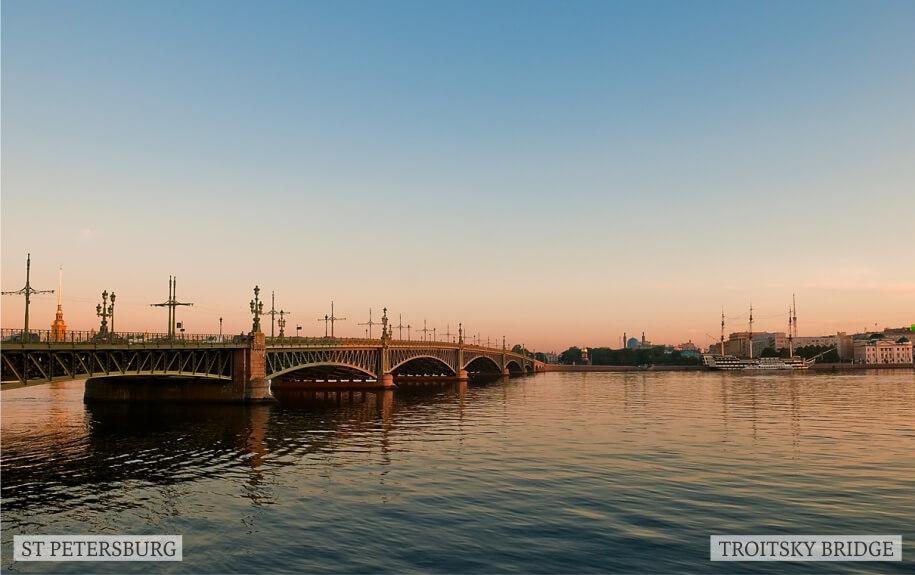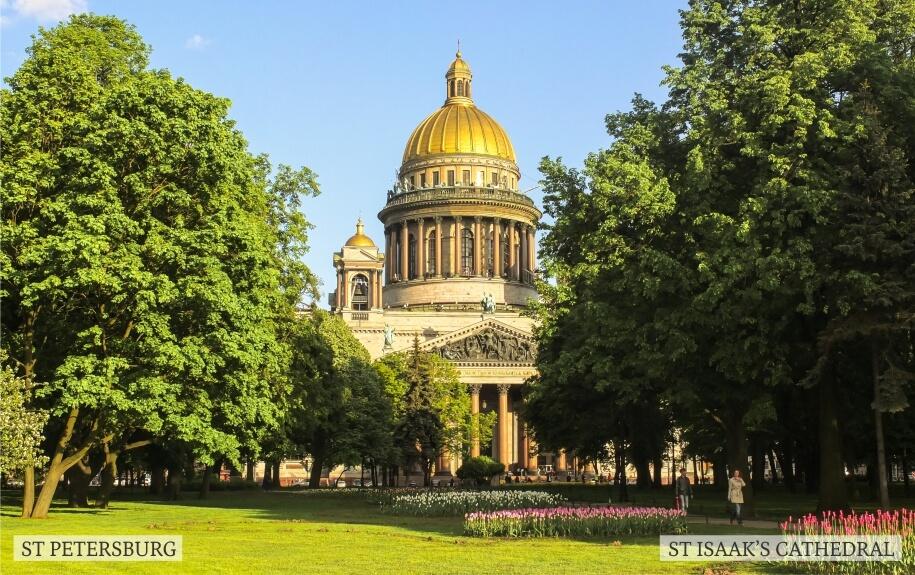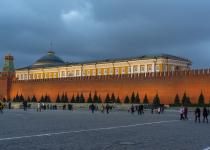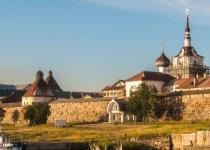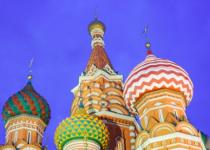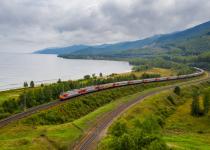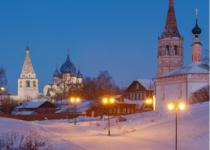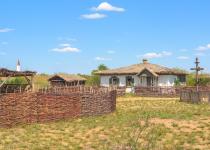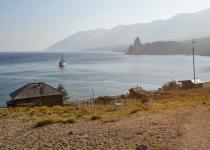Lev Tolstoy’s War and Peace is perhaps the most famous novel in world literature and the story detailing the years leading up to Russia’s war against Napoleon is considered to be the author’s finest work. Tolstoy originally wanted to write a story about the failed 1825 Decembrist Revolt which was led by representatives of Russian nobility. However Tolstoy decided that to fully explain why nobles with everything to lose were willing to risk everything, he would have to go further back in time to the Napoleonic Wars. The resulting work was War and Peace, and only at the very end of the long novel is it hinted that various characters might go on to become involved in the Decembrist Revolt.
 The story has over 600 characters, including real historical figures such as Napoleon and Kutuzov. The main protagonists though are Countess Natasha Rostova, Count Pierre Bezhukov and Prince Andrey Bolkonsky and their families. We see through these characters differing views on the theory of life, including those of the author himself, while at the same time Tolstoy also explains the run up to war and describes in detail the course of various battles. As such the book is as much a work of philosophy and history, as it is of literature.
The story has over 600 characters, including real historical figures such as Napoleon and Kutuzov. The main protagonists though are Countess Natasha Rostova, Count Pierre Bezhukov and Prince Andrey Bolkonsky and their families. We see through these characters differing views on the theory of life, including those of the author himself, while at the same time Tolstoy also explains the run up to war and describes in detail the course of various battles. As such the book is as much a work of philosophy and history, as it is of literature.
The novel is considered one of the longest and War and Peace has even become a byword for a long book. Many people are put off by its length but luckily there have been several successful adaptations of the story for film and television. The most famous Russian version is Sergey Bondarchuk's critically-acclaimed two part film of 1966 and 1967. In 2016 the BBC also broadcast a six-part television adaption scripted by Andrew Davies, which was also highly praised and once again revived interest in the novel. The series was partly filmed in Russia and so also showcased some of the tourists highlights of St Petersburg and its glittering palaces.
This special War and Peace tour will take you to some of the locations mentioned in the novel and to some places connected with the great author himself. You will see the places where Tolstoy wrote the novel, learn more about Russia’s war against Napoleon and even visit the site of the bloodiest battle of the war - Borodino Field. And of course you will also visit St Petersburg – the capital of Russia at the time of the novel's events, and the stunning Catherine Palace outside the city, where the ball scenes in the recent BBC adaptation were filmed.
Moscow ⇔ Yasnaya Poyana → Mozhaisk → Borodino → Smolensk → St Petersburg
 Total distance of the tour: 1,712km -
Total distance of the tour: 1,712km -  1,187km |
1,187km |  525km
525km
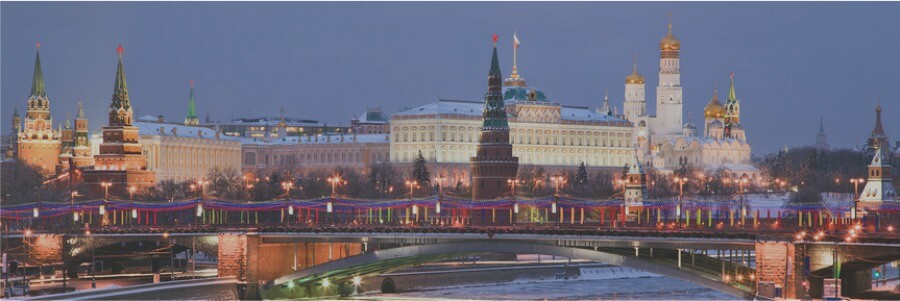
DAY 1 | ARRIVAL IN MOSCOW
 Arrival in Moscow. Transfer to the hotel. A driver with a sign saying
Arrival in Moscow. Transfer to the hotel. A driver with a sign saying  will wait for you in the arrival area of the airport. Free time in Moscow.
will wait for you in the arrival area of the airport. Free time in Moscow.
 Night in Moscow.
Night in Moscow.
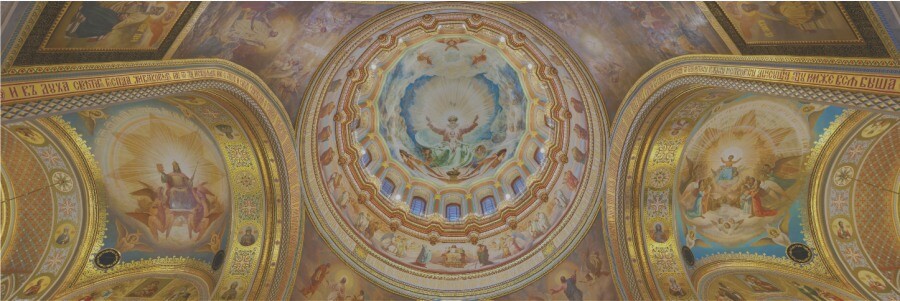
DAY 2 | TOLSTOY AND 1812
 Breakfast at the hotel.
Breakfast at the hotel.
 Guided tour of the Lev Tolstoy Memorial-Estate at Khamovniki - Tolstoy bough this Moscow estate in 1882. He spent 19 winters here with his family up until spring 1901 when he moved to his summer estate of Yasnaya Polyana for the last time. In the writing room here, Tolstoy wrote over 100 works, including the novel Resurrection and the novellas The Death of Ivan Ilich, The Kreutzer Sonata and Father Sergius. Tolstoy would spend on average 8-9 hours a day writing and in his study you will see a writing table which he sat at and one at which he stood.
Guided tour of the Lev Tolstoy Memorial-Estate at Khamovniki - Tolstoy bough this Moscow estate in 1882. He spent 19 winters here with his family up until spring 1901 when he moved to his summer estate of Yasnaya Polyana for the last time. In the writing room here, Tolstoy wrote over 100 works, including the novel Resurrection and the novellas The Death of Ivan Ilich, The Kreutzer Sonata and Father Sergius. Tolstoy would spend on average 8-9 hours a day writing and in his study you will see a writing table which he sat at and one at which he stood.
 Guided tour of the War of 1812 Museum – this museum has over 2,000 rarities from the time of the Napoleonic Wars, including weapons, uniforms, document and paintings depicting events and battles of the war, as well as the silver frame of Emperor Alexander I's letter of gratitude to the Moscow nobility, signet rings, tobacco cases and medals of participants the Patriotic War as the conflict in known in Russia. Items of note include personal belongings of commanders of the war: Kutuzov’s samovar, Wittgenstein’s baton, and Napoleon’s sabre which was given to Count Shuvalov.
Guided tour of the War of 1812 Museum – this museum has over 2,000 rarities from the time of the Napoleonic Wars, including weapons, uniforms, document and paintings depicting events and battles of the war, as well as the silver frame of Emperor Alexander I's letter of gratitude to the Moscow nobility, signet rings, tobacco cases and medals of participants the Patriotic War as the conflict in known in Russia. Items of note include personal belongings of commanders of the war: Kutuzov’s samovar, Wittgenstein’s baton, and Napoleon’s sabre which was given to Count Shuvalov.
 Guided tour of the Christ the Saviour Cathedral - the original version of the cathedral was built to commemorate the victory over Napoleon. It took over 40 years to build, only to be subsequently blown up by the Bolsheviks. The current version was built after the fall of the Soviet Union.
Guided tour of the Christ the Saviour Cathedral - the original version of the cathedral was built to commemorate the victory over Napoleon. It took over 40 years to build, only to be subsequently blown up by the Bolsheviks. The current version was built after the fall of the Soviet Union.
 Duration: 7h |
Duration: 7h |  Transportation: by a private car
Transportation: by a private car
 Night in Moscow.
Night in Moscow.
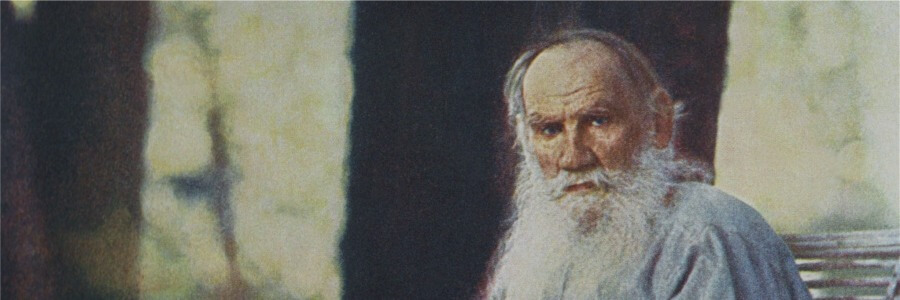
DAY 3 | YASNAYA POLYANA
 Breakfast at the hotel.
Breakfast at the hotel.
 Transfer to Yasnaya Polyana Estate.
Transfer to Yasnaya Polyana Estate.
 Distance: 200km
Distance: 200km
Yasnaya Polyana is the main place of pilgrimage for fans of Lev Tolstoy. The unique Russian estate was the family home of the Tolstoys. Tolstoy was born here, spend a great deal of his life here and is now buried here. Yasnaya Polyana was his favourite home and was considered the ‘nest’ of his family. By coming here you can immerse yourself in the world of Tolstoy and his works, as he wrote chapters of both War and Peace and Anna Karenina here.
 Excursion around the estate - the highlights of this tour with a local guide include:
Excursion around the estate - the highlights of this tour with a local guide include:
- Tolstoy’s House – Tolstoy moved into this house (which is actually a wing of the original which was sold and dismantled) in 1856 and lived here, mainly just for the summer, until his death. The house has many original artefacts and pieces of furniture which creates the impression that the author could return home at any minute.
- Prishpekt Alley – this is the main alley in the estate and leads from the entrance towers to Tolstoy's house. Tolstoy used to enjoy walking along the alley which is lined with trees.
- Kuzminsky Wing – in 1859 Tolstoy opened a school for local peasant children in this building. Now it holds an exhibition detailing the life, work and era of Tolstoy.
- Tolstoy’s Grave - Tolstoy is buried in a very simple grave in the forest on the estate. Tolstoy believed that somewhere around here there was a green stick on which the secret of happiness was written.
At the end of the excursion you will have free time to walk around the estate.
 Duration: 7h |
Duration: 7h |  Transportation: by a private car
Transportation: by a private car
 Transfer to Moscow.
Transfer to Moscow.
 Night in Moscow.
Night in Moscow.
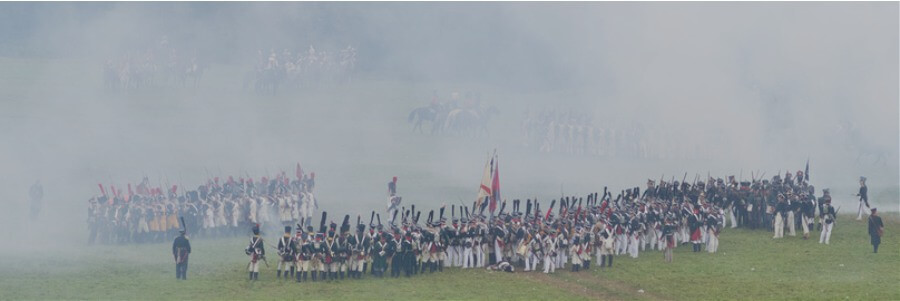
DAY 4 | BATTLE OF THE BORODINO
 Breakfast at the hotel.
Breakfast at the hotel. Guided tour of the Borodino Panorama - the highlights of the tour include:
Guided tour of the Borodino Panorama - the highlights of the tour include:
- Kutuzov’s Cabin – on 1 September 1812 Kutuzov held a meeting here, in what was then the village of Fili, where it was decided to abandon Moscow to the French.
- Battle of Borodino Panorama – this panorama was created by the famous battle scene painter Franz Roubaud. The panorama was unveiled in 1912 in the presence of the emperor and his family. The painter has succeeded in conveying the dynamic and drama of the battle which took place on 7 September 1812. It is 115 metres wide and 15 metres tall.
- Triumphal Arch – a memorial to the heroes of the War of 1812, which was restored during the Soviet era.
 Transfer to Mozhaisk.
Transfer to Mozhaisk.
 Distance: 110km
Distance: 110km
 City-tour around Mozhaisk - After the Battle of Borodino on 7 September 1812, the French troops pursued the retreating army to the city of Mozhaisk. It is located 12 kilometres from Borodino Field and 110 kilometres west of Moscow, and the French vanguard met the Russian rearguard in battle here. On the first day of the battle the French forced the Russians back and bombarded the city with artillery fire. The French eventually captured the city which was practically destroyed and over 10,000 Russians soldiers, who were recovering in the city following the Battle of Borodino, were killed. Tolstoy describes the scenes in Mozhaisk in War and Peace.
City-tour around Mozhaisk - After the Battle of Borodino on 7 September 1812, the French troops pursued the retreating army to the city of Mozhaisk. It is located 12 kilometres from Borodino Field and 110 kilometres west of Moscow, and the French vanguard met the Russian rearguard in battle here. On the first day of the battle the French forced the Russians back and bombarded the city with artillery fire. The French eventually captured the city which was practically destroyed and over 10,000 Russians soldiers, who were recovering in the city following the Battle of Borodino, were killed. Tolstoy describes the scenes in Mozhaisk in War and Peace.
 Transfer to Borodino.
Transfer to Borodino.
 Distance: 15km
Distance: 15km
 Tour around Borodino Field - This field was the scene of one of the bloodiest and largest battles of the 19th century – the battle lasted 12 hours and each minute it is estimated that around 100 people died. In total it is believed that somewhere between 80,000 and 100,000 men died. Interestingly both the Russians and the French consider themselves the victors in the battle. Technically it was a victory for the French as the Russians retreated. However the Russian army was not destroyed and able to recover, whereas the French were fatally wounded at Borodino. When researching War and Peace, Tolstoy himself visited Borodino Field and he describes the course of the battle in great detail.
Tour around Borodino Field - This field was the scene of one of the bloodiest and largest battles of the 19th century – the battle lasted 12 hours and each minute it is estimated that around 100 people died. In total it is believed that somewhere between 80,000 and 100,000 men died. Interestingly both the Russians and the French consider themselves the victors in the battle. Technically it was a victory for the French as the Russians retreated. However the Russian army was not destroyed and able to recover, whereas the French were fatally wounded at Borodino. When researching War and Peace, Tolstoy himself visited Borodino Field and he describes the course of the battle in great detail.
 Transfer to Mozhaisk.
Transfer to Mozhaisk.
 Free time in Mozhaisk
Free time in Mozhaisk
 Transfer to the railway station to catch the Lastochka high-speed train to Smolensk.
Transfer to the railway station to catch the Lastochka high-speed train to Smolensk.
 18:30 departure of the Lastochka to Smolensk
18:30 departure of the Lastochka to Smolensk
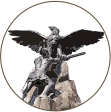 22:46 arrival in Smolensk. Transfer to your hotel.
22:46 arrival in Smolensk. Transfer to your hotel.
 Night in Smolensk.
Night in Smolensk.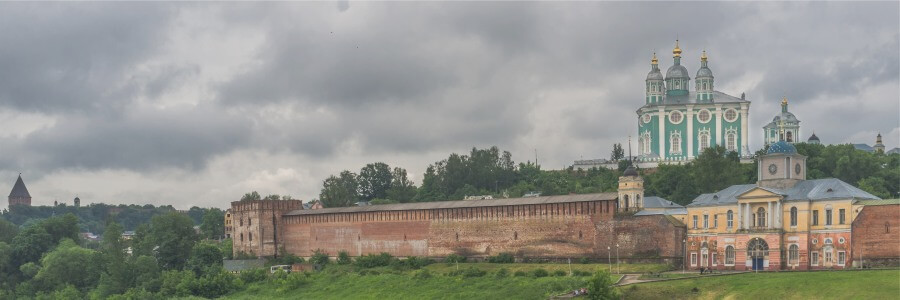
DAY 5 | SMOLENSK
 Breakfast at the hotel.
Breakfast at the hotel.
 City-tour around Smolensk - Smolensk is one of the oldest cities in Russia and was the first Russian city to face Napoleon. The city managed to hold out for two days, as the 200-year old walls of the city’s kremlin bore the brunt of bombs and shot. French attacks were met with strong Russian counter attacks. The Polish troops fighting in Napoleon’s army fought especially hard in the hope of winning back Smolensk, which in previous centuries had been captured and ruled by Poland. As a result of the constant firing, Smolensk went up in flames and its future defence became futile. The Russians retreated across the River Dnieper and blew up the bridge. Local citizens retreated along with the Russian army; a foreboding of the fate soon to be shared by Moscow. The loss of Smolensk as the first Russian city to fall to Napoleon was massively demoralising for the Russians.
City-tour around Smolensk - Smolensk is one of the oldest cities in Russia and was the first Russian city to face Napoleon. The city managed to hold out for two days, as the 200-year old walls of the city’s kremlin bore the brunt of bombs and shot. French attacks were met with strong Russian counter attacks. The Polish troops fighting in Napoleon’s army fought especially hard in the hope of winning back Smolensk, which in previous centuries had been captured and ruled by Poland. As a result of the constant firing, Smolensk went up in flames and its future defence became futile. The Russians retreated across the River Dnieper and blew up the bridge. Local citizens retreated along with the Russian army; a foreboding of the fate soon to be shared by Moscow. The loss of Smolensk as the first Russian city to fall to Napoleon was massively demoralising for the Russians.
 Duration: 4h |
Duration: 4h |  Transportation: by a private car
Transportation: by a private car
 Free time in Smolensk.
Free time in Smolensk.
 Night in Smolensk.
Night in Smolensk.
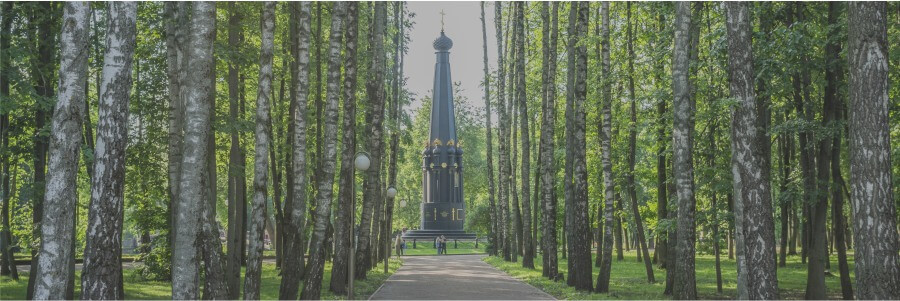
 Breakfast at the hotel.
Breakfast at the hotel.
 Free time in Smolensk. You can explore the city on your own or take our tour to Talashkino (see optional extra tab)
Free time in Smolensk. You can explore the city on your own or take our tour to Talashkino (see optional extra tab)
 Transfer to Smolensk railway station.
Transfer to Smolensk railway station.
 15:51 | Night train to St Petersburg.
15:51 | Night train to St Petersburg.
DAY 6 | SMOLENSK
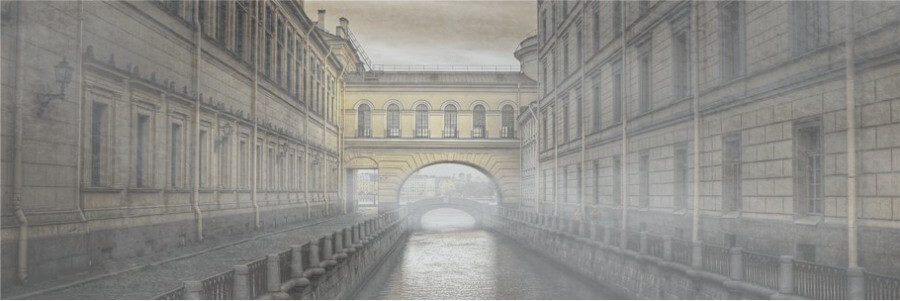
 09:44 | Arrival in St Petersburg Some of the most captivating scenes of the recent BBC adaptation of War and Peace were those filmed in St Petersburg.
09:44 | Arrival in St Petersburg Some of the most captivating scenes of the recent BBC adaptation of War and Peace were those filmed in St Petersburg.
 City tour around St Petersburg - the highlights of this tour include:
City tour around St Petersburg - the highlights of this tour include:
- Peter and Paul Fortress – this is the place where the city began; over the centuries it has served as a prison and a crypt for the Russian emperors and empresses.
- Palace Square - this is the main square in St Petersburg; it is known as Dvortsovsaya Ploschad in Russian. The BBC version includes scenes from Palace Square as St Petersburg’s most famous sight is situated here - the Winter Palace, now home to the State Hermitage Museum. During the events of War and Peace the palace was the official residence of the emperor. The BBC series includes a scene with Pierre Bezukhov and Elene Kurganina arriving at the palace.
- Winter Canal – Pierre and Andrey Bolkonsky are seen walking along this canal philosophising about their life and future.
- Yusupov Palace (exterior only) – scenes in the theatre where Natasha Rostova first met Anatoly Kuragin were filmed here.
- St Michael’s Castle (exterior only) – this castle, which was built for Emperor Paul, is also known as the Engineer Castle. In the series it filled in for a masonic lodge. This is actually rather fitting as there is a lot of masonic symbolism in the castle, as Paul himself had links to the Masons. Paul was assassinated in the castle which he had built for his protection, it is said that his ghost has been seen at night walking around his former residence. It is now a museum and staff here have a tradition of saying “Good day, your Majesty” if they hear a door slamming or a gust of wind.
- Malo-Konyushenny Bridge – in the opening scenes of the BBC Series, Pierre is seen walking over the bridge to attend Anna Pavlovna’s ball.
DAY 7 | ST PETERSBURG
 Duration: 4h |
Duration: 4h |  Transportation: by a private car
Transportation: by a private car Night in St Petersburg.S
Night in St Petersburg.S

 Breakfast at the hotel.
Breakfast at the hotel.
DAY 8 | CATHERINE PALACE AND GATCHINA
 Excursion to Gatchina – the Gatchina Palace doubled as both the palace of Pierre Bezukhov and the Bolkonsky palace in the BBC series.The actual palace is one of the most interesting of the imperial palaces located in St Petersburg’s suburbs as it is reminiscent of a mediaeval castle. It was built in 1766 but only took its final form in 1781. It was the favourite residence of Emperor Alexander III.
Excursion to Gatchina – the Gatchina Palace doubled as both the palace of Pierre Bezukhov and the Bolkonsky palace in the BBC series.The actual palace is one of the most interesting of the imperial palaces located in St Petersburg’s suburbs as it is reminiscent of a mediaeval castle. It was built in 1766 but only took its final form in 1781. It was the favourite residence of Emperor Alexander III.
 Excursion to Catherine Palace – one of the most celebrated scenes in the BBC series - the scene at the Tsar's Ball where Natasha first dances with Andrey - was filmed in the Catherine Palace's Mirrored Ballroom. The palace served as a summer residence for the imperial family and is located just outside of St Petersburg in the city of Pushkin (formerly known as Tsarskoe Selo). It was here that the famous Amber Room, a gift from Frederick the Great, was installed. The original was lost without trace during the Second World War, but it has since been completely recreated according to original plans.
Excursion to Catherine Palace – one of the most celebrated scenes in the BBC series - the scene at the Tsar's Ball where Natasha first dances with Andrey - was filmed in the Catherine Palace's Mirrored Ballroom. The palace served as a summer residence for the imperial family and is located just outside of St Petersburg in the city of Pushkin (formerly known as Tsarskoe Selo). It was here that the famous Amber Room, a gift from Frederick the Great, was installed. The original was lost without trace during the Second World War, but it has since been completely recreated according to original plans.
 Duration: 8h |
Duration: 8h |  Transportation: by a private car
Transportation: by a private car Night in St Petersburg.S
Night in St Petersburg.S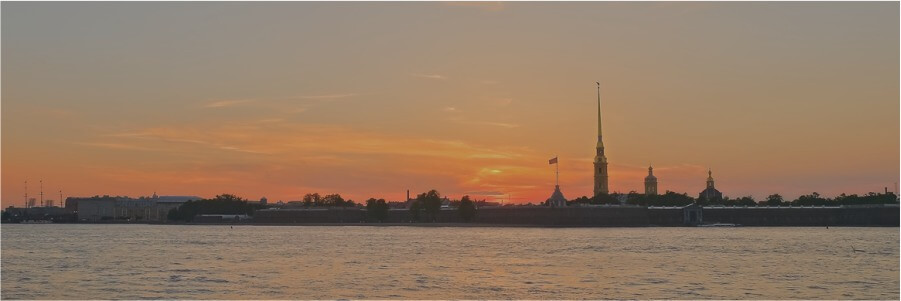
DAY 9 | DEPARTURE ST PETERSBURG
 Breakfast at the hotel.
Breakfast at the hotel.  Transfer from the hotel to the airport.
Transfer from the hotel to the airport.
- The tour is available the whole year round starting on any day, but please take into account that the museum’s working hours and days-off vary so we reserve the right to change the itinerary while trying to save the excursion programme.
- Optional excursions should be booked before the start of the tour to schedule the itinerary.
- Tickets to museums cannot be sold without an excursion with a guide.
- The price of the tour may be increased during the period of the White Nights (11JUN-10JUL) and when the International Economic Forum (end of May or beggining of June) is being held in St Petersburg. Please check the price when booking.
- The tour is available in


 Other languages upon request.
Other languages upon request. - All excursions/guided tours included in the itinerary are private which means private guides and private transport along the programme - unless otherwise stated.
- Best time to travel on this route: from the end of April to mid-October and from December to mid-March.
• CANCELLATION POLICY •
DATE OF CANCELLATION |
CANCELLATION CHARGES |
|---|---|
| FROM 60 TO 45 DAYS BEFORE THE DEPARTURE | 10% |
| FROM 44 TO 15 DAYS BEFORE THE DEPARTURE | 30% |
| FROM 14 TO 7 DAYS BEFORE THE DEPARTURE | 50% |
| LESS THAN 7 DAYS BEFORE THE DEPARTURE | 100% |

• COST OF THE TOUR WITH 3* HOTELS •
| PRICE PER GROUP | 1-2 PAX | 3-4 PAX | 5-6 PAX | 7-8 PAX |
|---|---|---|---|---|
| RUR | 225430 | 321820 | 419746 | 523100 |
• COST OF THE TOUR WITH 4* HOTELS •
| PRICE PER GROUP | 1-2 PAX | 3-4 PAX | 5-6 PAX | 7-8 PAX |
|---|---|---|---|---|
| RUR | 256160 | 383280 | 511936 | 646020 |
• COST OF THE TOUR WITH 5* HOTELS •
| PRICE PER GROUP | 1-2 PAX | 3-4 PAX | 5-6 PAX | 7-8 PAX |
|---|---|---|---|---|
| RUR | 292880 | 456720 | 622096 | 792900 |

 Included
Included
- Individual excursions according to the programme.
- Entrance tickets to the museums
- Transfers in a private car according to the programme.
- Second class tickets for the high-speed train Mozhaisk - Smolensk
- Second class tickets for the train Smolensk - St Petersburg
- Accommodation in a hotel of a category of your choice, central location, standard DBL rooms with breakfast.
- 24h emergency support during the tour
- Visa support documents
 Not included
Not included
- Meals (except for breakfast where stated).
- Tips for the guides and drivers (optional)
- Optional excursions.

